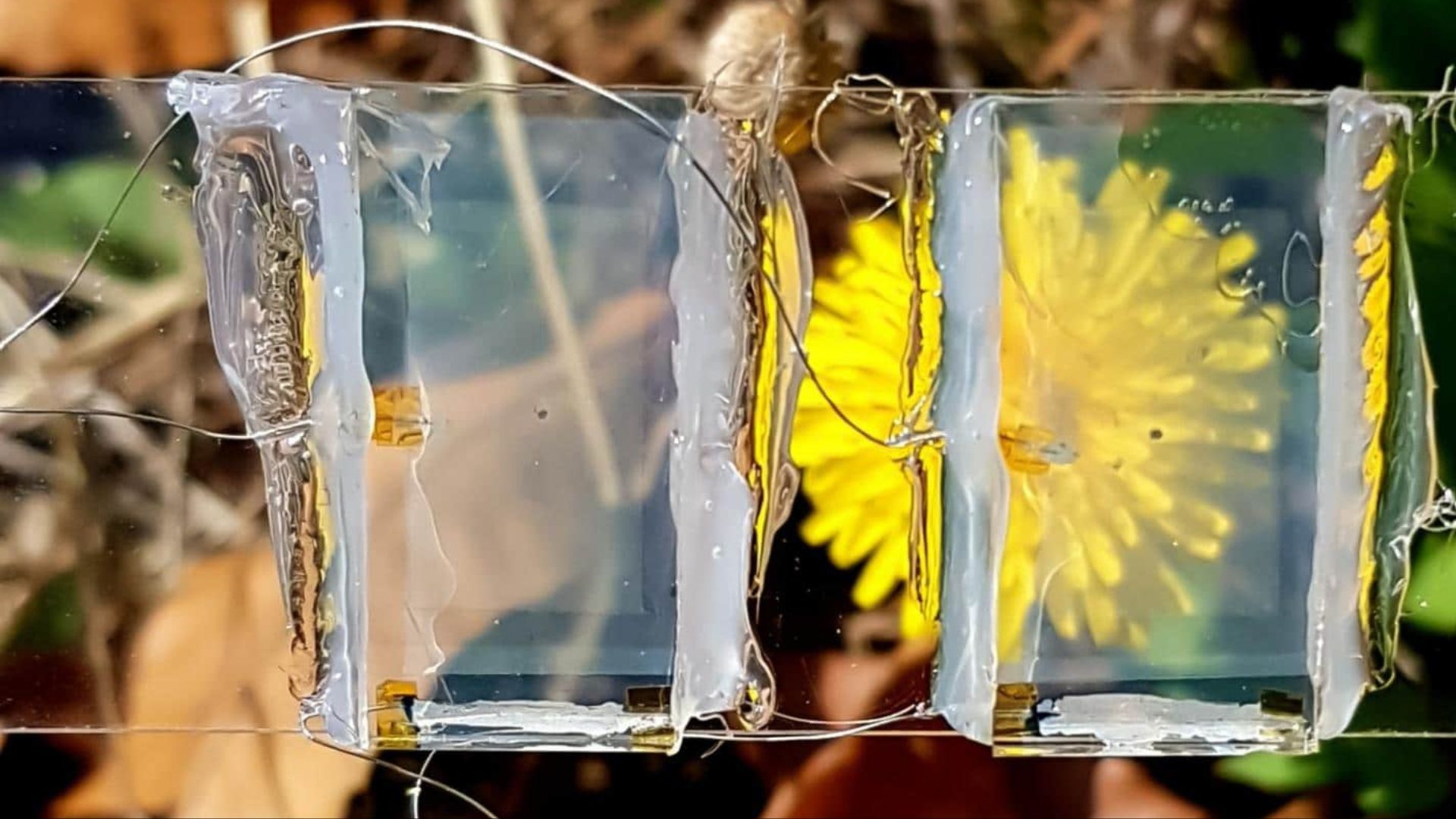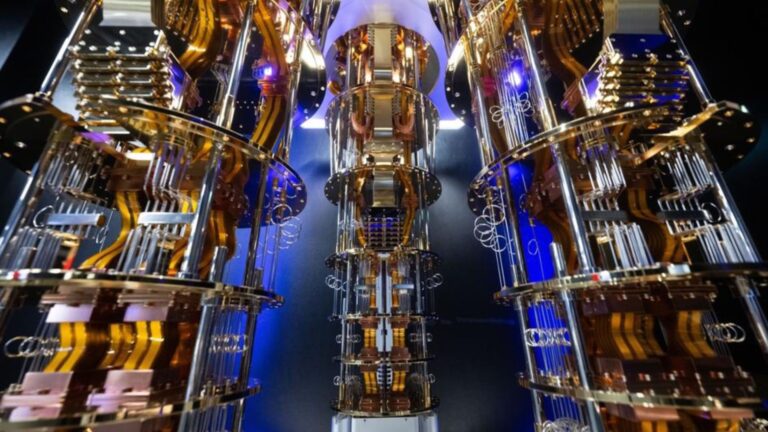Researchers at Nanjing University have unveiled a transparent coating that can turn ordinary windows into “invisible” solar panels by diffracting sunlight to photovoltaic cells at the edges, offering a scalable solution for urban renewable energy generation (EurekAlert).
Background and Technology
The novel diffractive-type solar concentrator (CUSC) employs cholesteric liquid crystal layers to selectively redirect circularly polarized light toward thin solar cells embedded along the window perimeter. Laboratory tests demonstrated 64.2 percent visible light transmission and 91.3 percent color fidelity, overcoming the visual distortion and low efficiency that plagued previous solar window prototypes (PV Magazine).
In green light—which human eyes perceive most keenly—the system captured 38.1 percent of incident energy. A one-inch-square prototype powered a 10-milliwatt fan under direct sunlight, while models predict a two-meter-tall window could concentrate sunlight by a factor of 50, reducing the number of required photovoltaic cells by up to 75 percent and dramatically cutting installation costs (Yahoo News).
The multilayer films are fabricated via photoalignment and polymerization techniques compatible with roll-to-roll manufacturing, enabling large-scale production. Environmental exposure tests indicated long-term stability, making the coating suitable for retrofitting existing glass façades without compromising structural integrity or aesthetics (EurekAlert).
Commercial Potential
Transparent solar windows could transform the building-integrated photovoltaics market, which was valued at $33 billion in 2025 and is projected to exceed $100 billion by 2032. The nascent solar window segment—currently worth about $2.5 billion—could grow to $7 billion by 2033 as cities seek aesthetic energy solutions (PV Magazine).
Professor Wei Hu, a co-author of the PhotoniX paper, described CUSC as “a practical and scalable strategy for carbon reduction and energy self-sufficiency” and emphasized its potential beyond architecture, including agricultural greenhouses and transparent electronic displays. In the United States alone, the estimated five to seven billion square meters of existing glass surfaces could, when combined with rooftop panels, supply up to 40 percent of national electricity demand—and potentially approach full coverage under optimal conditions (PV Magazine).
Industry Competition and Next Steps
The Nanjing discovery emerges amid fierce competition in transparent photovoltaic development. California-based Next Energy Technologies recently showcased a 101.6 cm by 152.4 cm organic photovoltaic window capable of offsetting 20–25 percent of a commercial building’s energy use while improving HVAC performance by absorbing infrared radiation. Ubiquitous Energy is likewise advancing floor-to-ceiling solar-glass installations to create “vertical solar farms” in skyscrapers (EurekAlert).
Current transparent solar systems generally achieve 1–3 percent efficiency compared to conventional panels’ 20–23 percent. The Chinese team acknowledges that CUSC’s power conversion efficiency of 3.7 percent requires enhancement. Future research will target broadband light harvesting and advanced polarization control to boost performance across the solar spectrum, refine manufacturing processes, and ensure coating robustness under real-world conditions (PV Magazine).












